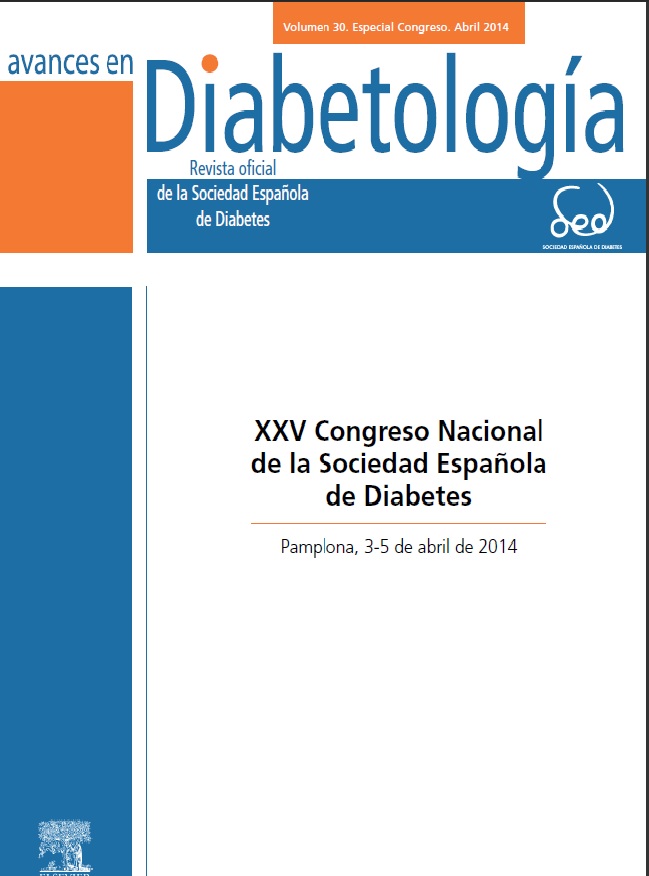P-070. - TAURINE TREATMENT PREVENTS DISTURBANCES IN CIRCADIAN RHYTHMS CAUSED BY HIGH FAT DIET FEEDING
aIDIBAPS. Barcelona. bCIBERDEM. Barcelona.
Introduction and objectives: Obesity and type 2 diabetes is associated with disruption of circadian rhythms. Strategies that correct disturbances in circadian rhythms could be good candidates to prevent these diseases. The amino acid taurine has been shown to prevent obesity and ameliorate metabolic dysfunction in animal models of high fat diet and also to increase sleep and shifts the diurnal locomotor activity in drosophila. However, nothing is known whether taurine can regulates circadian rhythms in mice. Therefore, we aim to study whether long term taurine treatment can ameliorate disturbances in circadian rhythms caused by high fat diet feeding.
Material and methods: Ten weeks old male C57BL/6 mice were divided in 4 groups. Control (C): mice fed with chow and Control + taurine (C+T): mice fed with chow and 2.0% of taurine in the drinking water. HFD (HFD) fed with 45% of fat and HFD + taurine (HFD+T) treated with 2.0% taurine in the drinking water. Mice were sacrificed at different times of the day (6:00, 12:00, 18:00, 24:00). Plasma insulin and leptin levels were measured by ELISA. The expressions of clock genes in different tissues were measured by RT-PCR.
Results: High fat diet increased food intake during the day and night time compared to chow fed mice (p < 0.001). The increase in food intake was followed by an increase in plasma insulin secretion (p < 0.05) during day and night time in the HFD group. HFD+T treatment prevented the increase in food intake and plasma insulin during the day and night time. HFD increased visceral fat (p < 0.05) whereas HFD+T group had a decrease in visceral fat (p < 0.05). Plasma leptin levels were decreased at 12h in chow fed mice (p < 0.01) and increased at 24h. HFD treatment disrupts circadian leptin levels compared to control group exhibiting highest level at 18h and lost the peak of leptin levels at 24h. Taurine reduced plasma leptin levels at 12 and 24h and prevented the disruption of circadian leptin levels caused by HFD. HFD treated group exhibited high insulin levels throughout the 24h whereas taurine treatment decreased plasma insulin levels and restored the circadian pattern of insulin. The expression of Clock was upregulated in the hypothalamus from HFD fed mice and it expression was enhanced in HFD+T group at 24h. In pancreatic islets, the expression of Rev-erb alpha, Bmal1 and Per1 were downregulated by HFD and taurine prevents this effect only in the case of Per 1 expression.
Conclusions: Taurine treatment prevents the disturbances in the circadian levels of leptin, insulin and food intake and caused by HFD feeding. These results suggest that taurine could be a potential candidate to prevent disturbances in circadian rhythms and a potential target to treat diseases associated with disturbances of the biological clock.





